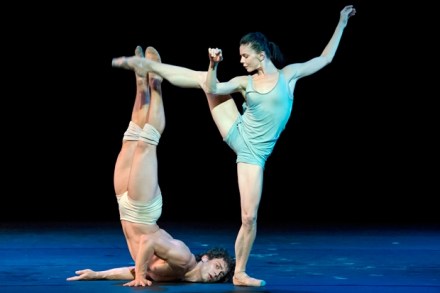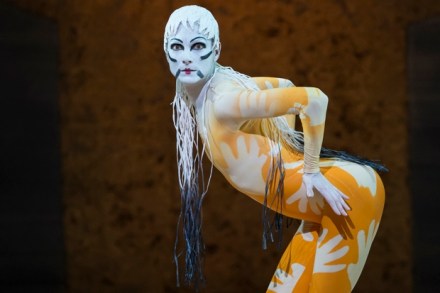Ballet’s super couple should stick to the classical repertoire
Last week, the feast of long-awaited dance events on offer echoed bygone days when London life was dominated by the strategically engineered appearances of rival ballet stars at the same time in different venues. At the London Coliseum, Solo for Two featured one of ballet’s super-duper couples, Natalia Osipova and Ivan Vasiliev. As Osipova told



















